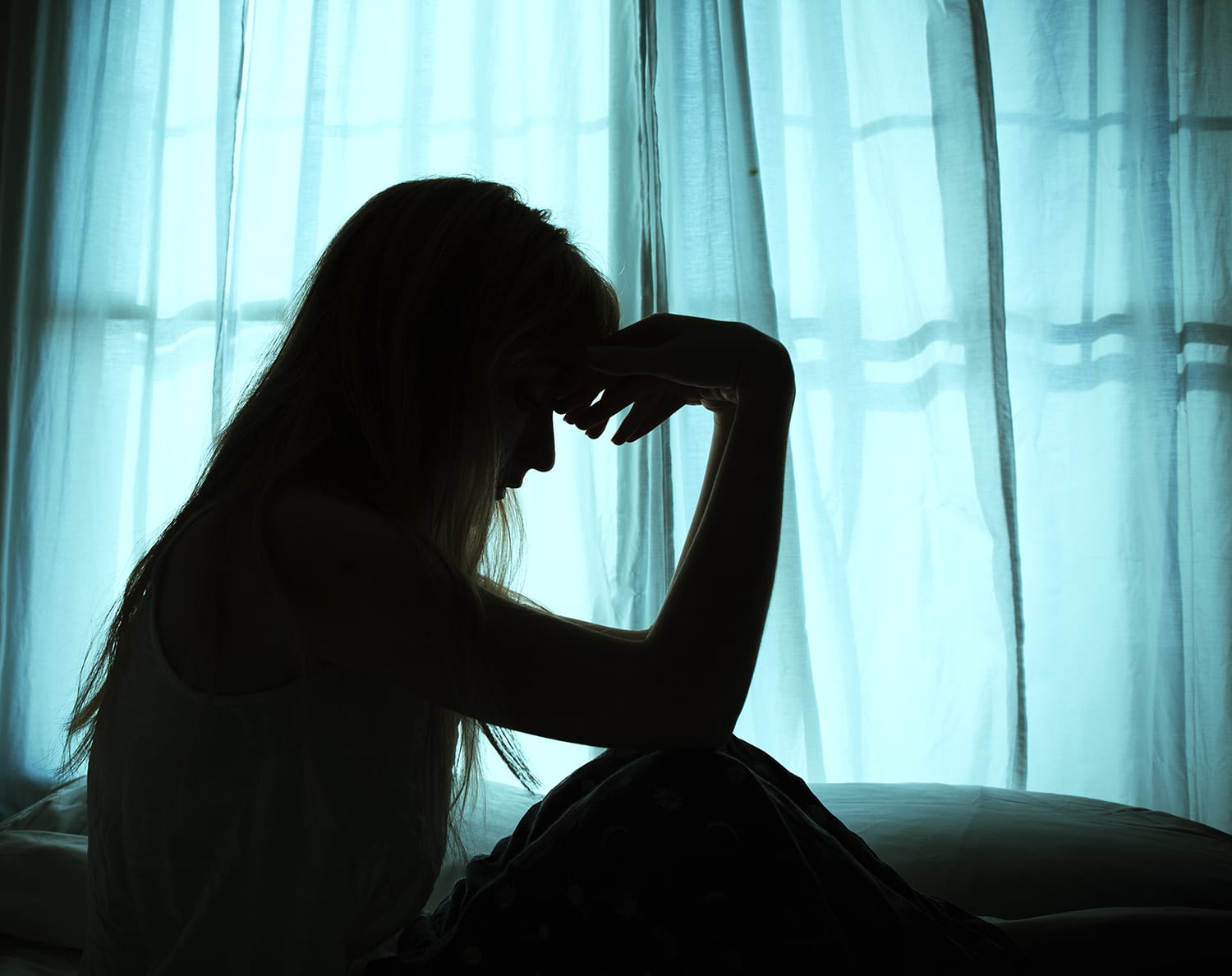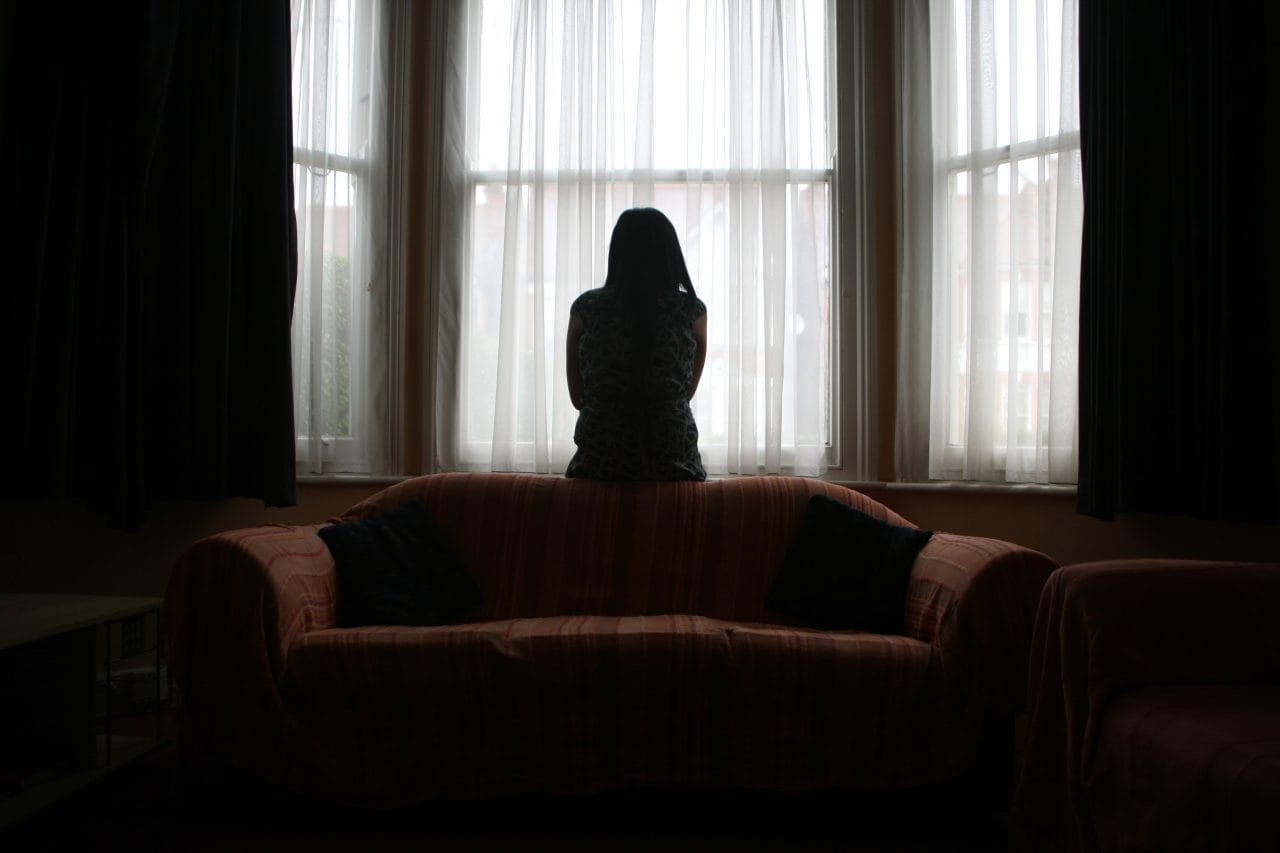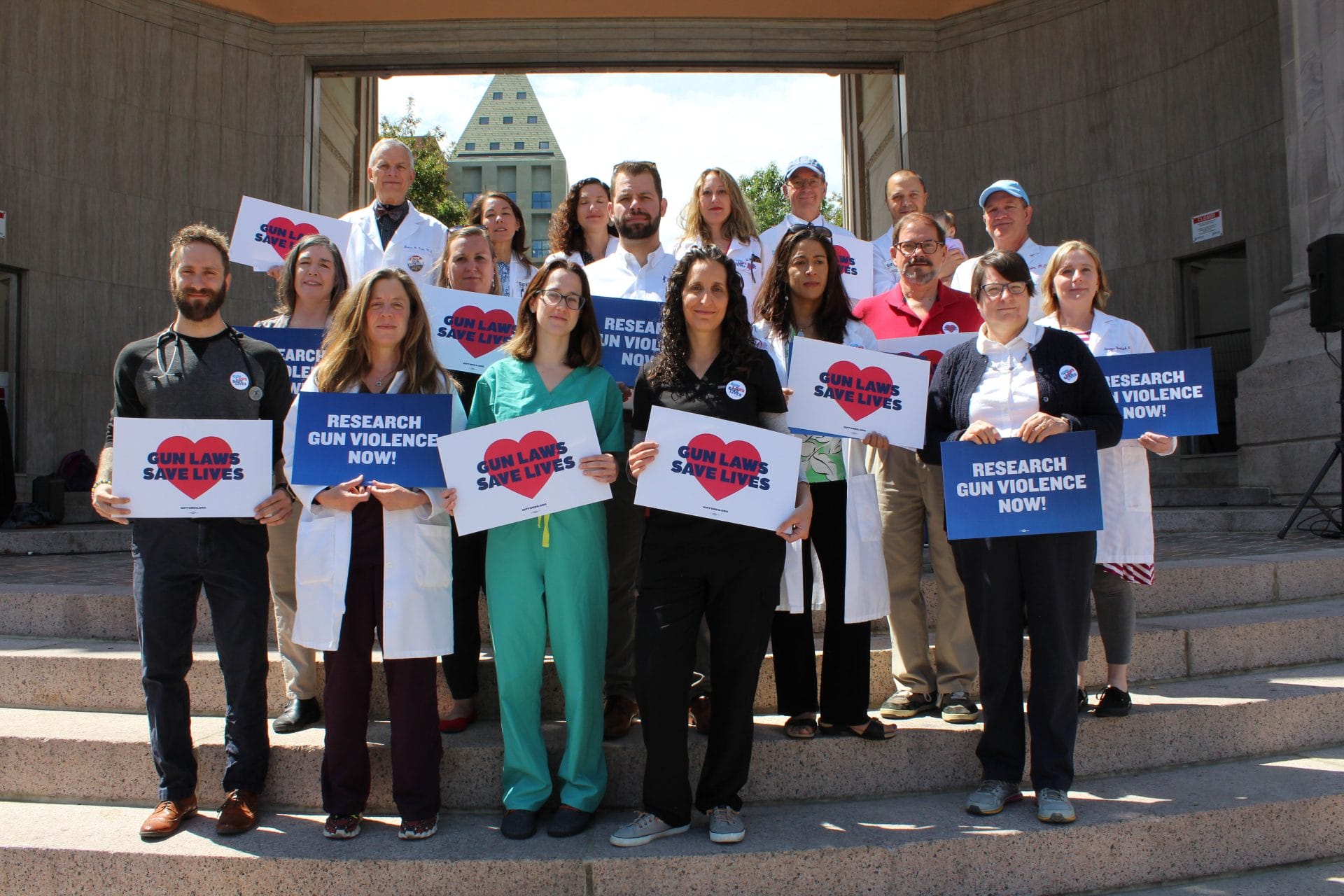
America’s suicide problem is a gun problem: the majority of American suicide deaths involve firearms. But these tragedies are preventable.
Suicide is the untold story of gun violence in America. While firearms are used in just a small fraction of suicide attempts, because they are uniquely lethal, they are responsible for a majority of American suicide deaths.
The gun lobby claims that people with suicidal intent would take their lives another way if denied access to guns. Research shows this isn’t true. Suicide is often a split-second decision made by a person in acute crisis, and most people who survive a suicide attempt go on to live a long, healthy life. Because guns are so widely available and so deadly, they contribute to suicide rates far more than other means.
You are not alone. If you or a loved one are contemplating suicide, please call the free and confidential national Suicide & Crisis Lifeline by dialing 988 or access help through their website at 988lifeline.org.
Why This Matters
Gun suicide has long accounted for the majority of US gun deaths, and the instability and uncertainty many Americans have experienced in recent years—along with easy access to guns—has only encouraged this problem to grow. The COVID-19 pandemic coincided with a significant increase in the number of guns sold, and a study found that 25% of people who purchased firearms during the pandemic had recently experienced suicidal ideation. Former Major League Baseball player Drew Robinson was one of them.
Early in the pandemic, Drew purchased a handgun to take his own life and shot himself in the head in his Las Vegas home. Nevada strengthened its gun laws following the 2018 Las Vegas Route 91 shooting, but it’s still too easy for someone in crisis to get a gun. The state lacks a waiting period law, which would create a buffer between the time of gun purchase and gun acquisition—and can help to prevent impulsive acts of gun violence, including suicide.
He survived, and embarked on a long process of recovery that involved facial reconstruction and a stay in a psychiatric hospital. Though he ended up losing his right eye, Drew was motivated by his dream of playing baseball again. He managed to return to the minor leagues, where he hit three home runs. He’s now the San Francisco Giants’ “traveling mental health advocate.”
While Drew survived his attempt to take his own life with a gun, due to the weapon’s high lethality, most others don’t. The risks are very real: 2.5 million people bought guns for the first time in the first four months of 2020, with millions more in the subsequent months and years, and suicide is three times more likely in gun-owning households.
Suicide rates have been rising across the US for nearly two decades, a devastating trend that’s too rarely talked about. Often, the shame and stigma surrounding death by suicide overpowers important policy conversations about factors that might reduce suicide risk. When firearm suicide is discussed, it’s frequently categorized as fundamentally different than other types of gun violence.
One of the most fundamental risk factors is access to firearms. Inadequate or inaccessible mental healthcare and unfettered access to guns are a toxic, deadly combination. A comprehensive approach to reducing firearm violence is one that addresses all types of gun violence, including self-inflicted gun violence.

SPOTLIGHT
NO SUICIDE IS INEVITABLE
Our report Confronting the Inevitability Myth: How Data-Driven Gun Policies Save Lives from Suicide provides an in-depth examination of the deadly role guns play in suicide in America and outlines the policies and intervention programs that have been proven to help prevent these tragedies.
Mehr lesenThe Problem
Nearly 260,000 Americans have died by firearm suicide since 2012. The most persistent, damaging misconception about suicide is that people who attempt it have reached a point of no return, and their deaths are inevitable. This isn’t borne out by the facts: the vast majority of people who attempt suicide survive. Each year, over one million people survive a suicide attempt. People who attempt suicide with firearms rarely survive, and are robbed of this second chance at life.
Most people attempt suicide during acute periods of mental crisis, typically using whatever means is readily available. People are at least 45 times more likely to die if they attempt suicide with a gun instead of drugs or medications. This is why firearms account for 5% of life-threatening suicide attempts in the United States but over 50% of suicide deaths.
The data categorically shows that gun access is a significant driving factor of suicide risk. States with higher rates of firearm ownership have higher rates of firearm suicide, and the presence of a gun in the home triples the risk of suicide for all residents of the home. Responsible gun policy reform is a critical component in any effort to save lives from suicide in America.
THE FACTS
Source
Centers for Disease Control and Prevention, Wide-ranging Online Data for Epidemiologic Research (WONDER), “Underlying Cause of Death, 2018-2022, Single Race,” last accessed May 1, 2024, https://wonder.cdc.gov/.

1 in 5 gun suicide victims are veterans
Source
“2019 National Veteran Suicide Prevention Annual Report,” US Department of Veterans Affairs, Office of Mental Health and Suicide Prevention, September 2019, https://www.mentalhealth. va.gov/docs/data-sheets/2019/2019_National_Veteran_Suicide_Prevention_Annual_ Report_508.pdf. See also, “National Suicide Data Report Appendix,” US Department of Veterans Affairs, Office of Mental Health and Suicide Prevention, https://www.mentalhealth.va.gov/ suicide_prevention/data.asp.
Source
David Owens, Judith Horrocks, and Allan House, “Fatal and Non–fatal Repetition of Self–harm: Systematic Review,” The British Journal of Psychiatry 181, no. 3 (2002): 193–199.
Die Lösung
In order to address America’s suicide problem, legislators must address our most lethal common means of suicide: firearms.
Policies like extreme risk protection order laws, which limit a person’s access to firearms during a temporary suicidal crisis, and laws that delay impulsive gun purchases, like waiting periods and licensing requirements, have been found to significantly reduce suicide.
Restricting firearm access is a particularly important part of preventing teen suicide. Safe storage and child access prevention laws help hold parents accountable when their children gain access to deadly weapons.
The same goes for preventing veteran suicide—safe storage and extreme risk laws can make the difference between life and death. Nearly 80% of those contemplating suicide show concrete signs before a suicide attempt, and extreme risk laws empower those most likely to notice the warning signs to help remove firearms from people at a high risk of suicide.
Doctors also can and should play a key role in this fight. Programs led by healthcare professionals to identify patients at high risk of suicide and educate them about the risks posed by firearms have also been proven effective at reducing suicides.
What Giffords Is Doing
GIFFORDS is fighting to draft, pass, and implement lifesaving policy reforms at the state and federal levels to combat rising suicide rates. Our efforts include promoting universal background checks, extreme risk protection order legislation, child access prevention policies, and waiting period reforms. We also fight back against gun lobby “gag order” laws that prevent doctors from talking to their patients about safe storage of firearms.
We’ve helped successfully draft and enact extreme risk protection laws in nearly 20 states since 2014 and helped develop the Extreme Risk Protection Order Act, which passed the US House of Representatives in 2019, to support implementation of these new laws. We also were instrumental in developing and passing H.R. 8, the Bipartisan Background Checks Act, in the US House in both 2019 and 2021, and have worked to successfully enact new state-level background check laws in 10 new states since 2013. We also worked to successfully convince Republican governors to sign waiting period legislation in multiple states.
The Bipartisan Safer Communities Act (BSCA), the first piece of federal gun safety legislation signed into law in nearly 30 years, also includes robust funding for states to pass or strengthen extreme risk protection order laws and bolsters the efforts of mental health courts, drug courts, and veterans courts in ensuring individuals who pose a threat are not able to access firearms while in crisis. A year after the passage of the BSCA, 46 states, four US territories, and Washington DC applied for and were awarded a total of $241 million in funding.
The research is clear that firearm suicides are not inevitable. We’re committed to doing everything in our power to reduce gun access among individuals in crisis so that they can get the help and support they need.
SUPPORT GIFFORDS
We’re in this together. To build a safer America—one where children and parents in every neighborhood can learn, play, work, and worship without fear of gun violence—we need you standing beside us in this fight.



